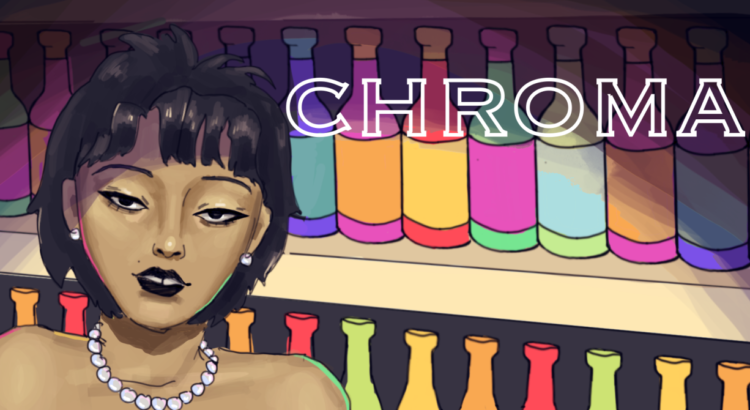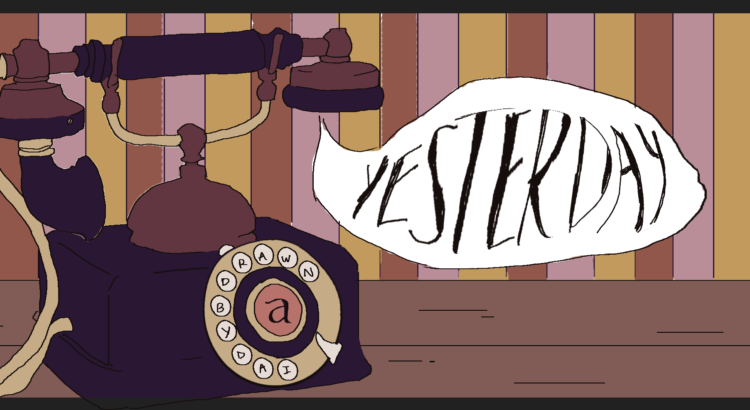Hey! I’m Dai, and this is the first post for my new series, Chroma. In this series, I’ll generate a random color palette each week and create an illustration based off of it. I’ve always loved adding color to my works, but I often find myself struggling to choose which colors to use. Through this series, I hope I’ll be able to improve my coloring skills, as well as create new art for the readers of arts, ink. to enjoy.

This week, I generated this palette on Coolors.co. I loved the contrast between the bright red/pink and the cool blues and purples, and I knew I wanted to create a night scene with this palette.

Recently, I’ve been wanting to draw more animals in my illustrations. For the longest time, I only drew people, barely drawing objects, animals, or backgrounds, so I went slightly out of my comfort zone with this piece, though I’m very happy with how it turned out! I ended up using the blue, purple, and black mainly for the background/sky, while using the red/yellows for the lighting and the tiger. I wanted to capture the atmosphere surrounding railroads at night, and I hope I captured it well.










